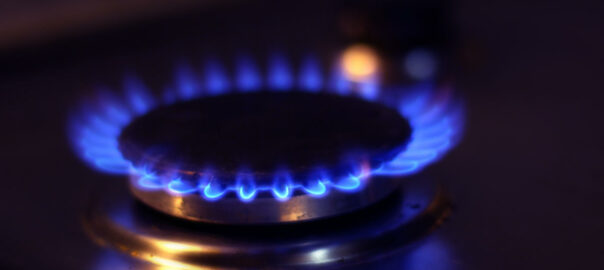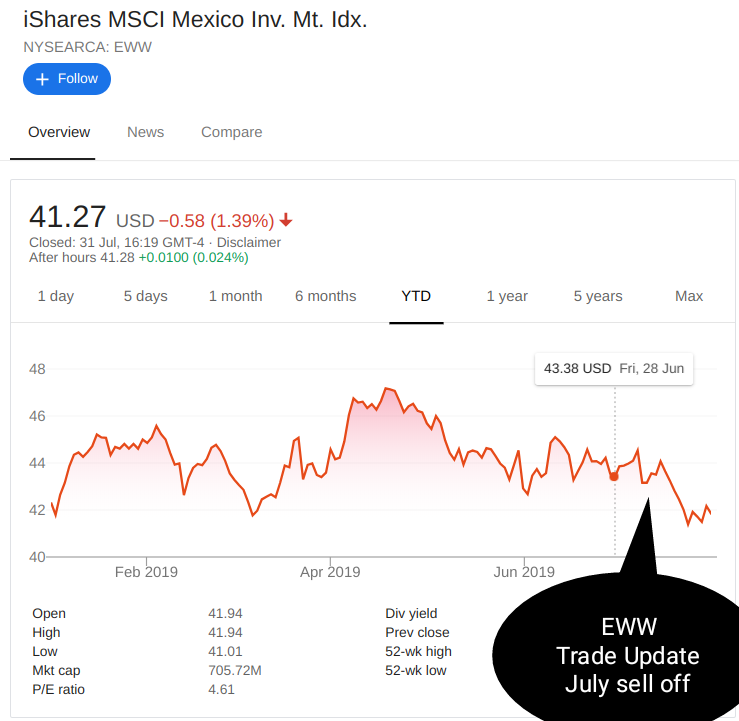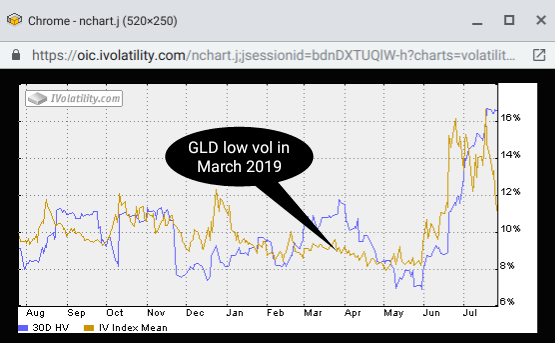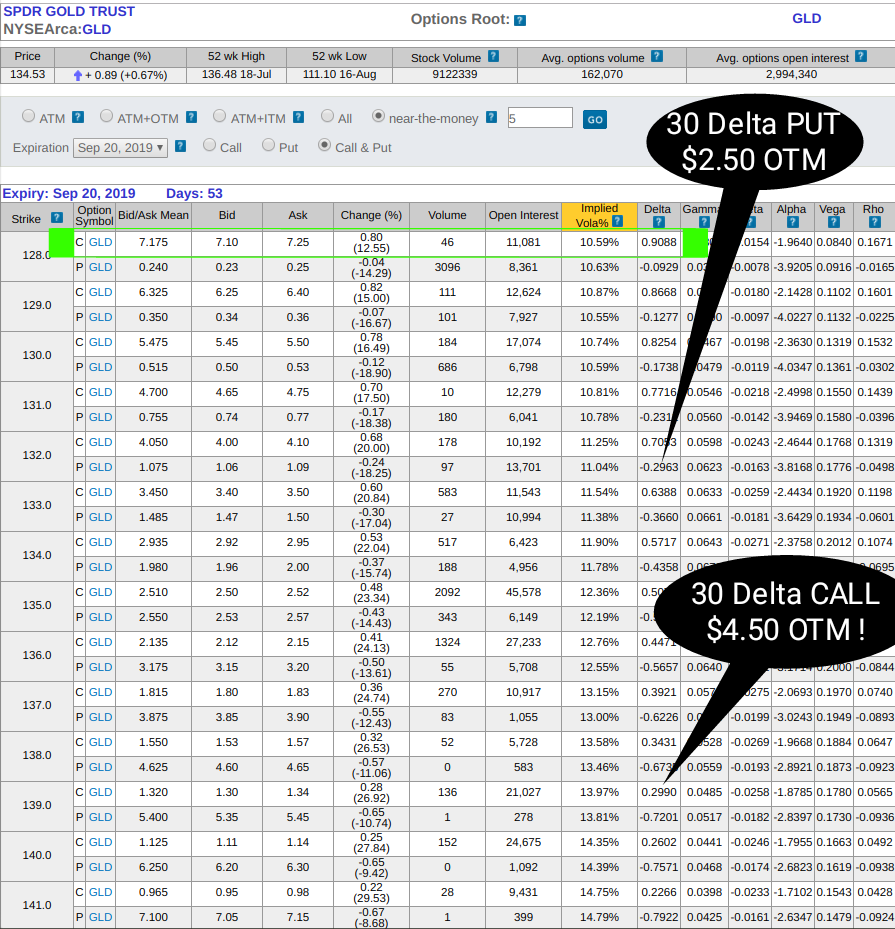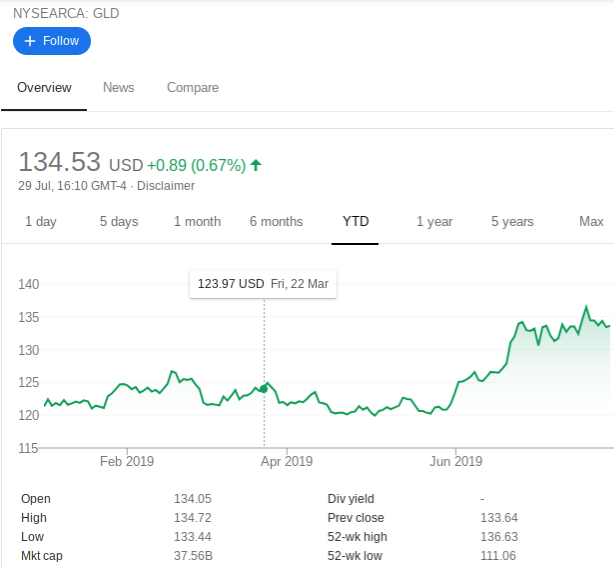Staying in business day trading is about preserving capital while getting good enough to learn to be profitable. There really is no down side to learning skill of risk management, because it treats trading like any other business with income (profitable trades) and expenses (losing trades). Even if trading is not profitable right away, then preserving capital is psychologically really important because it will at least enable you to walk away and do something else with the money. Typical day trading experience is to lose most of account over a few weeks then either take a break or move onto something else, then maybe refund account to try again later with new money.
There are many articles written about winners, but handling losers mechanically with limited psychological damage is equally important. Importantly good risk management will not make a losing strategy profitable, but it will slow the decline down while being able to adjust the strategy approach.
In spirit of full disclosure up front – this post only includes losing day trades!
Main areas for risk management are:
- Position size and stop losses – how much to risk per trade and when to exit losing trades
- Average expected price range – how much $ profit to expect relative to daily stock price moves
- Risk reward ratio – how much to risk, compared to how much to win.
- Actual trades – Example losing day trades on Valero (VLO) to illustrate these risk management concepts.
Position size and stop losses
Usually managing losing trades means having a defined exit plan to cut losses at a particular percentage of the portfolio. A rule of thumb would be to risk 0.5% to 1% for standard trading, and 2% for high conviction positions. This risk per trade is percentage of entire portfolio, not the maximum position size. For example a $100k portfolio risking 0.5% would risk $500, so trading a 1000 shares x $50 stock would give a stop loss at $49. Having the right risk per position is really important before starting to day trade, because it automatically answers the question “how much to trade”.
Below is a very simple example to illustrate how position sizing impacts portfolio risk. This shows how betting too much on each trade is a common reason for day trading blow ups.
Following table shows how many losing trades it takes to blow up a $100k portfolio risking set dollar on each trade (R). The “risk of ruin” scenario is how many consecutive losses would need to happen for the portfolio goes to zero. The last % column gives the probability of portfolio blow up, assuming each losing trade outcome has a 50% chance of a full loss (e.g. like a 50%/50% coin flip that naively does full “win” or full “loss”). This shows how reducing risk per trade (R) can have a huge impact on “staying alive”. Essentially if R is too large then a complete portfolio blow up is very likely since will inevitably will encounter a string of consecutive losses.
| % | R | Losses | “Risk of Ruin” scenario | % |
| 0.5% | $500 | 200 | Lose 200 times in a row $500 per trade | tiny |
| 1% | $1,000 | 100 | Lose 100 times in a row $1k per trade | tiny |
| 2% | $2,000 | 50 | Lose 50 times in a row $2k per trade | tiny |
| 10% | $10,000 | 10 | Lose 10 times in a row $10k per trade | 0.1% |
| 50% | $50,000 | 2 | Lose twice in a row $50k per trade | 25% |
| 100% | $100,000 | 1 | Lose once risking it all on one trade | 50% |
Average Expected Move
Average expected move is the dollar amount a stock would be expected to move over a number of days (all other factors being equal). This is useful for day trading to decide when to take profit. For example, if the expected daily range is $2 and a trade has an unrealized profit in the range $1 to $2 it could be time to consider taking profits. Average expected move is useful for trading stock ranges on “normal” trading days (not driven by individual stock events). News events can increase volatility and easily move stocks beyond their expected range – so it is important to remember this is the average move, not guaranteed. Average expected move shouldn’t be the only exit criteria, but can help assess if a trade is getting closer to the end of a daily move.
The formula for expected move over number of calendar days is:
(Stock Price) x Implied Vol x SQRT(Days/365)
SQRT is standard square root function
Making some simple input assumptions will show different daily expected for various stock price and implied volatility on the same stock.
- Stock Price: Will use approximate low ($100), mid ($120) and high ($140) stock price ranges for VLO over last year. The expected move formula doesn’t really care about which stock is being trading, just that there is a current price.
- Implied Volatility: Since VLO average (“avg”) implied volatility was 30% having a range of percentages either side can represent “low” and “high” volatility environments. “Low” and “high” implied volatility is relative to the average implied volatility for a specific stock, so these percent ranges should definitely be adjusted for each stock that will be traded.
- Days: Since only considering day trading here will use Days = 1. Longer term investors can adjust Days for their expected holding period to see how expected move adjusted over longer time periods.
- Daily expected moves: Up or down (+/-) dollar expected 1 standard deviation move over 1 trading day. e.g. If stock price is $100 and implied volatility is 10% then the expected move of $0.68 means 1 standard deviation price range of $99.32 to $100.68. The expected move formula for this example would be
100 x 0.1 x SQRT(1/365)
| Implied Vol Stock Price | 10% “low” | 20% | 30% “avg” | 40% | 50% “high” |
| $100 | $0.52 | $1.05 | $1.57 | $2.09 | $2.61 |
| $120 | $0.63 | $1.26 | $1.88 | $2.51 | $3.14 |
| $140 | $0.73 | $1.47 | $2.20 | $2.93 | $3.66 |
Risk Reward Ratio
After establishing average expected move, next stage is to decide the dollar move to use for risk:reward ratios on a day trade. Risk reward ratio is maximum risk for losses versus profit target for winning trades. Typically a risk reward ratio shown as a win:loss ratio. For example profiting $2 on winners and $1 on losers would a 2:1 risk reward ratio. Assuming each trade was either a full “winner” or full “loser” always holds true, this would mean that on average would only need to win 33% of time to breakeven:
(loss probability x loss amount) + (win probability x win amount)
0.66 x -$1 + 0.33 x $2 = $0 (breakeven)
However in reality the exact win rate can be hard to determine perfectly on day trading, because sometimes neither winning nor losing targets are trigger in daily trading action. For example with a $2 profit target and a $1 stop loss, stock may only move in $0.50 range from trade entry . Since day trading usually requires being flat at the close, then it could be that many trades need to exited due to time constraints not because of hitting any profit/loss targets.
In summary trade exits using Risk:reward ratio criteria are usually due to:
- Profit target reached (e.g. $2 profit target)
- Risk Management kicked in (e.g. $1 stop loss trigger)
- Running out of time at market close (e.g. $0.25 loss or $0.50 profit forced to be taken in last 30mins of trading).
The target win $ amount should be close to the daily average expected move, to have an expectation of triggering some winners on some trading days. For example for generating consistent daily winners it doesn’t typically make sense to have a $1.25 profit target on a $100 stock, if stock is only expected to move $1 per day (because on average it will never get triggered).
In general it is better to avoid trading the first or last 30mins when beginning trading, until get more experienced. Trends tend to be easier to follow during the day and moves are less volatile. Plenty of experienced trading use open and close stock price movement to their advantage, but when starting it is better to stick with pre-determined entry/exit decisions in slower moving markets. Learning to be disciplined managing risk in slower stock trading times will help make correct risk cutting decisions in fast moving markets. This will help instinctively cut losses, instead of letting a fast moving market due quick portfolio damage.
Using statistics is useful for day trading, but not a guaranteed outcome, but over many trades they will tend to trend towards expected outcomes. The key is to avoid single huge down trades and always be able to mechanically take profits or control risk (with stop losses). Controlling risk is as important as trade entry over the long term.
Actual Trades
In Oct 2023 the VLO stock price is around $125 with about 30% implied volatility which gives an average expected daily move of about $2.
125 x 0.3 x SQRT(1/365) = $1.96 (rounded up to $2)
Using day trading capital for this stock of about $50k would like to risk about 1% per trade or about $500. So trading 500 VLO would give a $1 stop loss and $2 profit target with about a 2:1 risk reward. The profit target is the average expected daily move.
The notational value (price x shares) of 500 VLO is about $125 x 500 = $62,500 so using about $12,500 intraday portfolio margin for the $50k portfolio. That is only about 20% on margin, so not over leveraged for day trading without overnight risk.
The 500 share size to trade was a one time calculation used for trades in that calendar month. It could have been recalculated every day (e.g. trade 498 shares one day, then 502 shares next day if the stock price or implied volatility moved around). However that would be overkill and hard to compare trading tax lots over the month.
For individual trading account calculating the risk monthly (or weekly) and keeping the trade size consistent is usually enough. Have an idea of the risk to manage now, then generally only then adjusting if markets move massively outside the range for the current share size. For example, if the stock price moved up to around $150 then might cut share size to 400 to be risking 1% of portfolio. Many traders stick with round lots (100 shares) to get better fills, but there as trade execution is improving on odd lots (especially with advent of fractional shares) trading odd lot sizes (e.g. 34 shares) will likely be less of an issue.
Strategy Approach
- Day Trading only one position per stock that is entered and closed out as one trade, so only one taxlot is opened at a time – this makes a simple PnL easy to calculate and compare.
- Max risk is $500 per trade
- Daily time out stop loss is $1000 on all trades for day – if lose that amount stop trading and wait until the next trading day to resume
- Try and let trade work and use wider stop losses to allow longer holding periods – best performing trades are 1 to 2 hours long
- Side is Long (stock) or Short (stock)
- Mins is the actual minutes in the trade
- Don’t take opposite trades to general market action if strong trend is in place – e.g. don’t go short if market is bullish
- Don’t watch trades and move stops. Let setup run – if stop is set correctly trade should have enough room to waffle around to price objective
- Don’t repeat the same trade again if it just didn’t work first time (that’s not risk management, its just chopping and changing same position)
- Don’t set stops exactly at previous high / low – give a bit of room for everyone else’s to get hit
- Check individual stock earnings calendar before trading short (stocks tend to be supported into earnings)
- Check event calendar and don’t trade over events (e.g. FOMC meetings)
- Trends can reverse quickly (e.g. if morning is bullish then afternoon can be bearish etc) – so re-evaluate opinions for morning or afternoon session or after market events. Ok to maintain open position but should at least re-evaluate direction bias.
Trade 1

| Trade Date | Time | Symbol | Txn Type | Qty | Price | Principal Amount | Fee | Settlement Amount | PnL | % Move | Outcome | Side | Mins |
| 20231009 | 11:56:45 AM ET | VLO | Sold Short | 500 | 126.5000 | 63250.00 | 0.28 | 63249.72 | |||||
| 20231009 | 01:40:27 PM ET | VLO | Buy to Cover | 500 | 127.5500 | 63775.00 | 0.00 | 63775.00 | -$525.28 | -0.83% | Lose | Short | 104 |
Trade Entry: Sold short just before lunchtime based on VLO having trouble getting over $127 and historically breakdown in afternoon from previous sessions. Wide trading range of $129 to $124 in first 30 mins so figured plenty of range.
Trade Exit: $1 Trailing stop was too wide $0.50 over historical resistance at $127.00 to prove short wasn’t working and should probably have been about $0.65 (0.5% total trade risk) to just over resistance at $127.15. VLO nearly breakdown several touches of $126.50 but ultimately rallied over $128 by 2.30pm. Not “bad” trade just stopped out – monitored but didn’t not move stop, so just let price take out the stop
Trade 2
| TradeDate | Time | Symbol | TxnType | Qty | Price | PrincipalAmount | Fee | SettlementAmount | PnL | % Move | Outcome | Side | Mins |
| 20231013 | 10:41:45 AM ET | VLO | Sold Short | 500 | 126.0203 | 63010.15 | 0.28 | 63009.87 | |||||
| 20231013 | 11:00:09 AM ET | VLO | Buy to Cover | 500 | 127.0656 | 63532.80 | 0.00 | 63532.80 | -$522.93 | -0.83% | Lose | Short | 19 |
Trade Entry: Sold short near low but immediately didn’t get confirmation so maybe should have moved stop tighter if it doesn’t work right away
Trade Exit: Stopped right at short term peak that spiked in about $127.20 – probably worse timed trade, but market ultimately went to $128 so would have been worse if ignored stop
Trade 3
| Trade Date | Time | Symbol | Txn Type | Qty | Price | Principal Amount | Fee | SettlementAmount | PnL | % Move | Outcome | Side | Mins |
| 20231013 | 11:36:43 AM ET | VLO | Buy to Open | 500 | 126.9000 | 63450.00 | 0.28 | 63449.72 | |||||
| 20231013 | 03:52:01 PM ET | VLO | Sell to Close | 500 | 125.8900 | 62945.00 | 0.00 | 62945.00 | -$504.72 | -0.80% | Lose | Long | 256 |
Trade Entry: Went long about $126.90 after minor retractment (after short didn’t work) on theory that market was bullish because was constantly attacking $127
Trade Exit: Theory was correct market got all way up to day high $127.90 in less than an hour, which was obvious stopping point being previous high on open. However this was a “popcorn” trade that popped all way up to about $128 but ultimately rolled over all day before finally being stopped out near the close. After it rolled over close to nearly $126 did consider exiting at resistance at about $126.50 on the rebound, but decided to respect the original stop and not move the stop up. Could benefit from trailing stop to avoid full retrace issue (at least this should have been breakeven not a loss).
Summary
Found out some interesting things from above analysis:
- Using average expected price range as a winning trade profit target was not hit often enough, so even winning trades were never exited.
- Trades tend to be wrong in the same direction over time (e.g. if it was going to go down $0.50 it was going keep going down $1).
Need to experiment to retry with lower $ stop losses and profit targets . For example $0.50 stop losses, $1 profit targets. Initially would keep existing 500 share position (but that would only be risking 0.5% of portfolio per trade). If successful could scale back up to a maximum of 1000 shares position size to risk 1% of portfolio per trade.
Day Trading risk management strategy is work in progress, but important thing was to manage overall risk when experimenting with approaches.

